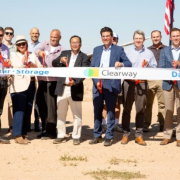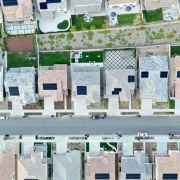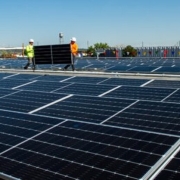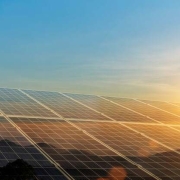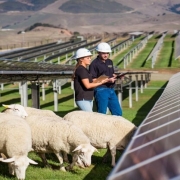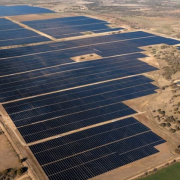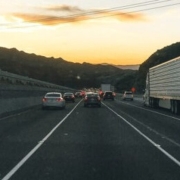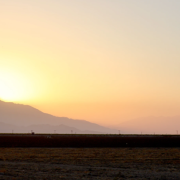A California-headquartered energy company announced the start of commercial operation of one of the nation’s largest solar-plus-storage hybrid power plants.
Officials with Clearway Energy Group, along with California Gov. Gavin Newsom, on Oct. 18 said the Daggett Solar + Storage project in San Bernardino County is now online. The installation features 482 MW of solar power generation capacity, along with 280 MW of energy storage. The Daggett facility is located adjacent to the decommissioned Coolwater Generating Station, a former 636-MW natural gas-fired plant in Daggett that was retired in 2015.
Click here to read the full article
Source: POWER
—
If you have any questions or thoughts about the topic, feel free to contact us here or leave a comment below.

